21 Healthiest Vegetables You Should Eat
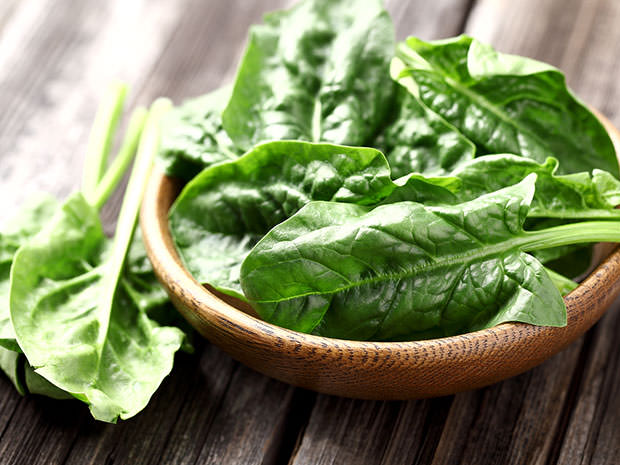
A healthy diet and a healthy plate should contain its fair share of vegetables. Some of them are incredibly healthy and some just healthy, but all of them should be on your menu at least once a day.
Following is a list of vegetables you simply cannot afford to ignore:
1. Spinach
Spinach (Spinacia oleracea) is an edible flowering plant in the family of Amaranthaceae. It is native to central and southwestern Asia. Known as the king of green vegetables, it is packed with health and provides a wide array of nutrients (including trace minerals such as magnesium). Edible after cooking, it can prevent several cardiovascular and bone related diseases.
For pregnant women, it helps in the formation of new cells. Don’t forget that freezing spinach diminishes its health benefits. The way to get the best from the leaf is to buy it fresh and eat it the same day.
It contains approximately 250mg of calcium per cup when cooked, however it is less easily absorbed than calcium from sources like dairy products. Spinach has a high oxalate content, which binds to calcium deeming it unavailable for use in our bodies.
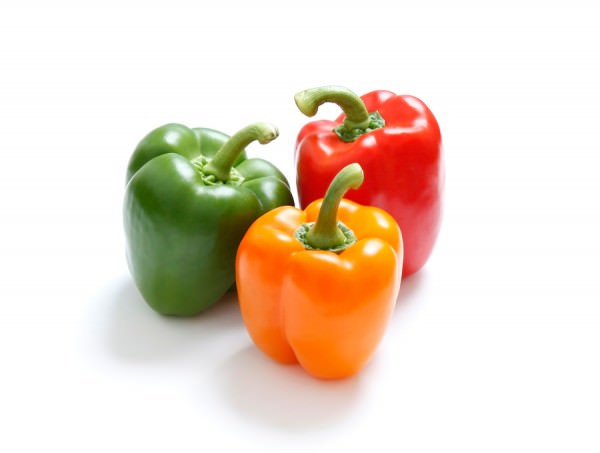
2. Bell Pepper
Bell peppers are sometimes grouped with less pungent pepper varieties as “sweet peppers.” Peppers are native to Mexico, Central America and northern South America. Pepper seeds were later carried to Spain in 1493 and from there spread to other European, African and Asian countries. This is the reason why they are called peppers, because Christopher Columbus mislabeled them upon his return.
Stuffed and roasted bell peppers not only taste delicious but also single handedly provide all the vitamin C you need. With all those different colors you are probably wondering is there one specific color that I should chose and the answer is yes, there is. Compared to green peppers, red peppers have more vitamins and nutrients and contain the antioxidant lycopene.
Additionally, it contains Lycopene (an antioxidant that is also beneficial for the heart) and folic acid (for formation and repairing of cells). If cooked for a short period on low heat, bell peppers retain most of their sweet, almost fruity flavor and flavonoid content, which is a powerful nutrient. 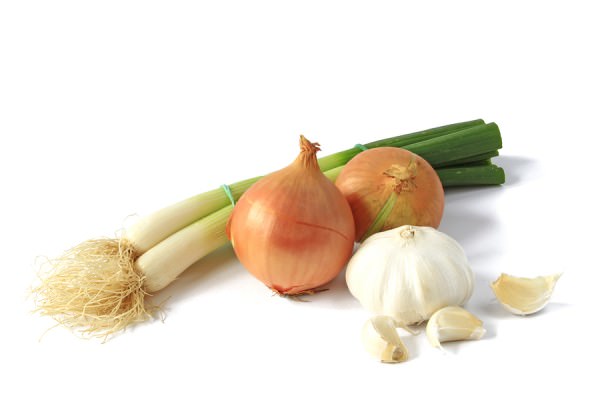
3. Onions
The onion (Allium cepa), also known as the bulb onion or common onion, is used as a vegetable and is the most widely cultivated species of the genus Allium. It has been used as a food source for millennia, and during all that time humanity slowly realized just how healthy it actually is.
In Bronze Age settlements, traces of onion remains were found alongside date stones and fig remains that date back to 5000 BC. This vegetable, when eaten raw, will protect you against cancer better than any other plant or medicine. It is high in vitamin C and can boost your immune system. Rich in peptides (slows down calcium loss from body) they are also known to be beneficial for individuals who are genetically prone to osteoporosis.
They are not just filled with good things they also lack the bad things, meaning that they are low in fats and in sodium. Fats and sodium are singlehandedly responsible for most of the health problems in United States of America today. The phytochemicals in onions improve the working of Vitamin C in the body, thus gifting you with improved overall immunity.
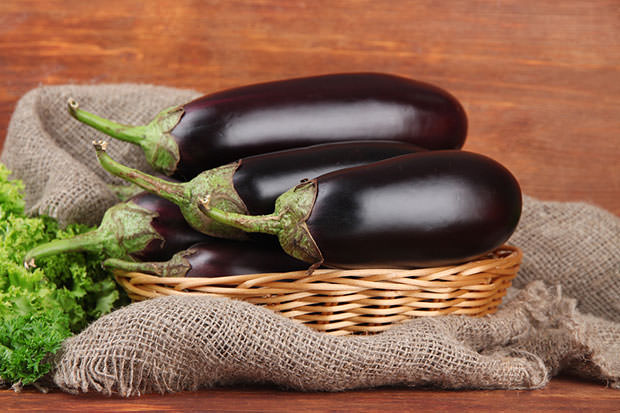
4. Eggplant
Eggplant (Solanum melongena) is a species of nightshade commonly known in British English as aubergine. It’s a member of the genus Solanum, and is related to both tomato and potato. It was originally domesticated in India and Bangladesh from the wild nightshade, the thorn or bitter apple, S. incanum.
A 1998 study at the Institute of Biology of São Paulo State University, Brazil, found eggplant juice to significantly reduce weight, plasma cholesterol levels and aortic cholesterol content in hypercholesterolemic rabbits. It contains nasunin, which is a free radical scavenger.
A free radical scavenger hunts down free radicals that can cause damage to the brain cells. Research has also shown that an eggplant can keep you safe from dementia (loss of cognitive abilities due to aging). Another interesting fact is that on average, 9 kg (20 lbs.) of eggplant contains about the same amount of nicotine as a cigarette. 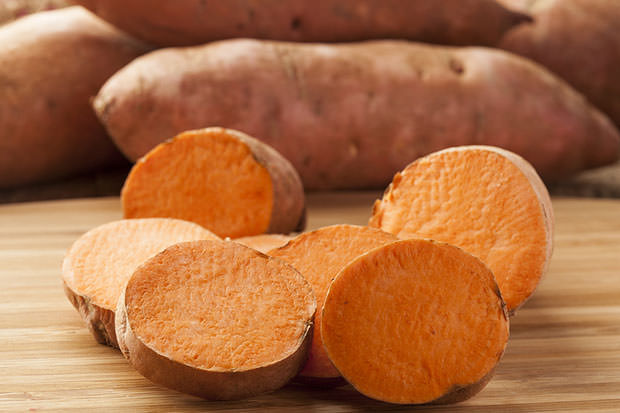
5. Sweet Potato
The sweet potato (Ipomoea batatas) is a dicotyledonous plant that belongs to the family Convolvulaceae. The sweet potato is only distantly related to the potato (Solanum tuberosum) and does not belong to the nightshade family.
So eggplant is actually more closely related to the potato then the sweet potato as you might have read on one of the previous pages. According to the study conducted by The Center for Science in the Public Interest, considering fiber content, complex carbohydrates, protein, vitamin A and potassium, the sweet potato ranked highest in nutritional value when compared to other foods.
A wide range of benefits can be availed by eating sweet potatoes because they are rich in several vitamins and contain iron, magnesium and potassium. Being a good source of fiber, sweet potatoes can help your digestive system as well. It can also help you lose weight as you are eating a lot of fiber that’s giving that feeling that your stomach is full. Full of fiber, but not calories, that’s the crucial difference between sweet potato and let’s say hamburgers. 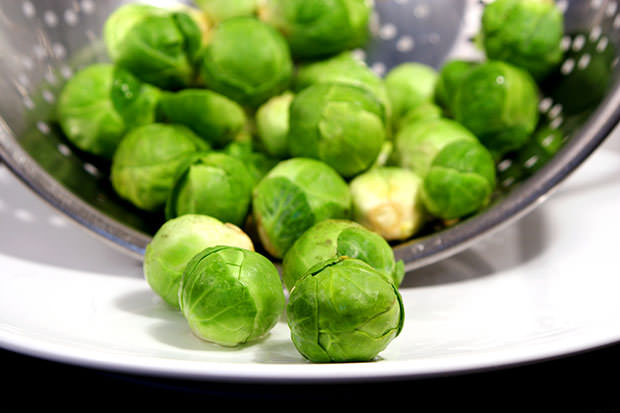
6. Brussels Sprouts
The Brussels sprout is a cultivar in the Gemmifera group of cabbages (Brassica oleracea), grown for its edible buds. As you might have guessed, Brussels sprouts have been really popular in Brussels, Belgium and this is the possible place of their origin. Brussels sprouts, as with broccoli and other brassicas, contains sulforaphane, a chemical believed to have potent anticancer properties.
This vegetable can also protect you against all kinds of cancer and fight heart diseases and infections. It is also a good source for omega 3 fatty acids (essential fats).
However, there’s one warning when it comes to Brussels sprouts: heart patients taking anticoagulants should stay away from it. The reason for this is the amount of Vitamin K that affects adversely certain heart conditions. Before making any drastic decisions in your dietary regime, consult your doctor whether they are right for you. 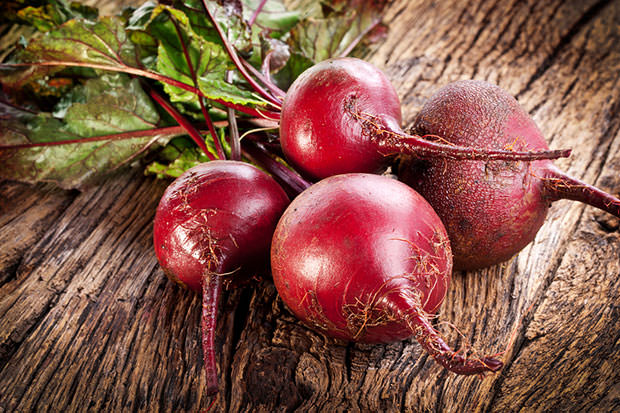
7. Beetroot
The beetroot, also known in North America as the table beet, garden beet, red or golden beet, or informally simply as the beet, is any of the cultivated varieties of beet (Beta vulgaris) grown for their edible taproots. Not only does it reduce the bad cholesterol, it is also beneficial for treating anemia.
Beetroot is an excellent source of folate and a good source of manganese and contains betaines, which may function to reduce the concentration of homocysteine. Why is beetroot so important and why should you try to reduce the concentrations of homocysteine in your body?
Well, high levels of homocysteine may be harmful to blood vessels and this can lead to all kinds of troubles. Homocysteine can cause the development of heart disease, stroke, or peripheral vascular disease. We are only now, slowly beginning to understand the nature of homocysteine and its effect on the processes in our body, so keep an eye out for studies that are dealing with this interesting subject. 
8. Swiss Chard
Chard (Beta vulgaris subsp. cicla), is a leafy green vegetable and the word “Swiss” was used to distinguish chard from French spinach varieties by the 19th century seed catalogue publishers. A leafy green vegetable indeed, it is a rich source of Vitamin K and protects you from Alzheimer’s disease.
All parts of the chard plant contain oxalic acid and if you’re wondering just what oxalic acid is, here comes a quick explanation: Oxalic acid is an organic compound with the formula H2C2O4 that’s pretty toxic when consumed in large quantities, so moderation is the key here.
The same way a lot of certain medicine can make you sick and the right amount healthy. Vegetables can keep us healthy in several ways and can also aid in weight loss. Include the vegetables we have discussed in your daily diet and see the results yourself. There’s no magic or one miraculous plant that’s going to help you fight diseases and infections, it’s the healthy attitude that keeps doctors at bay. 
9. Carrots
The carrot (Daucus carota subsp. sativus) is a root vegetable, usually orange in color. However, did you know that purple, red, white, and yellow varieties exist?
Here’s another interesting fact about carrots: according to The Food and Agriculture Organization of the United Nations, the world’s production of carrots for 2011 was almost 35,658 million tons. Armed with these two fun facts about carrots, and a bonus third one, at the end of the page, you are ready to amaze that cute redhead in the supermarket.
Used in salads, eaten raw, cooked and steamed, carrots are the vitamin bomb your body so desperately needs.It improves eyesight and protects it from further damage. In World War II, British soldiers attributed their perfect vision to carrots, claiming that they could actually see the enemy planes in the dark.Just don’t eat too much of it or you’ll turn orange, a condition called carotenosis. 
10. Tomato
Yes, we know that tomato is fruit, but since it’s served as a vegetable and has so many vitamins, we have to include it. Tomatoes originated in the South American Andes and it spread around the world in a matter of decades, a relatively short period of time, if we take into consideration the popularity of other vegetables and fruits from this region.
Just to demonstrate the power of the tomato, here’s one interesting fact: There are around 7500 tomato varieties grown for various purposes. Lycopene, one of the ingredients found in tomatoes, protects against oxidative damage, keeping cancer at bay and helping those who already have it.
With recent studies, we are slowly beginning to recognize tomato’s amazingly beneficial influence on human skin. It protects the skin against harmful UV radiation and it helps the skin to look youthful. Filled with vitamins A and C, this fruit is something that you simply must have on your menu. Tomato consumption might be also beneficial for reducing cardiovascular risk associated with type 2 diabetes. 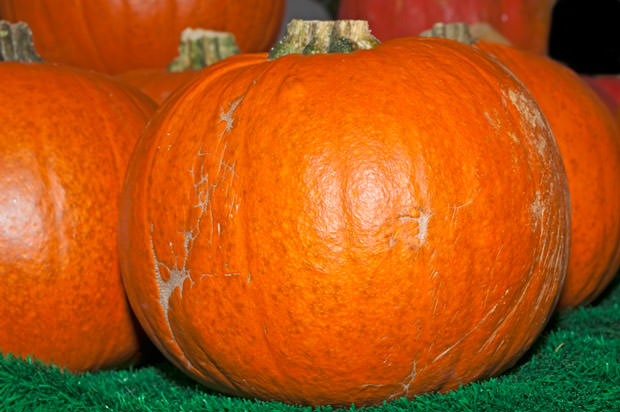
11. Squash
Cucurbita (Latin for gourd) or squash is a genus in the gourd family Cucurbitaceae native to and originally cultivated in the Andes and Mesoamerica. Cucurbita fruits are an important source for humans of carotenoids, vitamin A, and rhodopsin, all of which are important to good visual acuity.
Consider the nature of your pharmacy that contains the cures to all known diseases and the only thing that you need to have to cure yourself is information. Containing Cucurbitin, a very helpful amino acid, in its seeds, squash can also squash parasitic worms.
Used for dry and sensitive skin and in treating schistosomiasis, squash’s anti-inflammatory properties are the trait that launched this rather obscure vegetable into stardom. Squash is also rich in potassium, magnesium and fiber. We must also remember that squash is free of fat and cholesterol, making it an ideal weight loss choice. 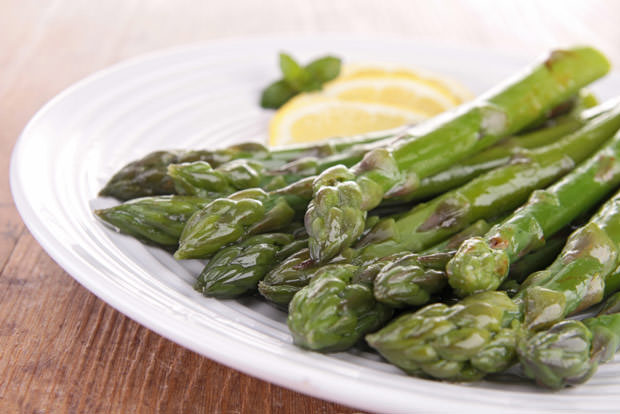
12. Asparagus
Asparagus officinalis is a spring vegetable, a flowering perennial plant species in the genus Asparagus. It was once classified in the lily family, like its Allium cousins, onions and garlic. Used for over 2000 years, it was described by the second century physician Galen as “cleansing and healing”, Asparagus is high in antioxidants and essential nutrients like potassium and folate.
Folate is very important for pregnant women, since it protects against neural tube defects in babies. It is also a good source of vitamin B6, calcium, magnesium and zinc. Calcium is especially important for young children because it affects proper bone and teeth formation.
In case you are still wondering about Asparagus, you should know that the city of Stockton holds a festival every year to celebrate it, as does the city of Hart, Michigan, complete with a parade and asparagus queen. This is why eating asparagus may help protect against and fight certain forms of cancer, such as bone, breast, colon, larynx and lung cancers. 
13. Celery
Celery (Apium graveolens var. dulce) is a plant variety in the family Apiaceae, commonly used as a vegetable. The plant grows to 1m tall, but most of the varieties are much smaller.
If you were trying to lose weight, we are certain that you have tried to eat more celery, since most doctors recommend it because it’s very rich in fibers and helps keep your weight down. It’s also used as a painkiller, so, next time you feel that headache coming on, try a nice celery salad. People have been using it as painkillers ever since they found out about it and first written records trace back to 30 (that’s AD 30), when it was described by Aulus Cornelius Celsus.
Celery seeds also contain a compound, 3-n-butylphthalide, that has been demonstrated to lower blood pressure in rats. The studies are going well so far and soon we can expect that the research definitely confirms this healing property of celery. Another interesting compound found in celery is Bergapten that can increase photosensitivity. 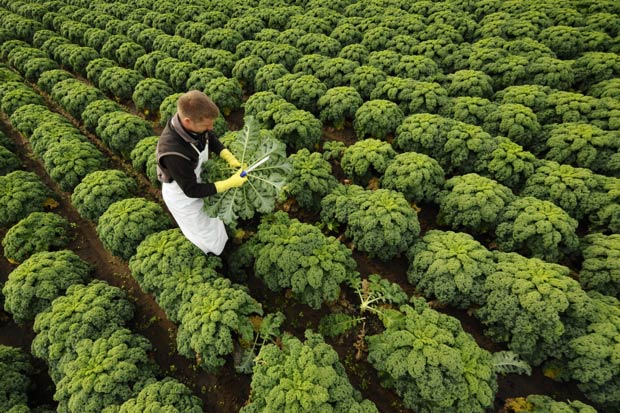
PHILIPP GUELLAND/AFP/Getty Images
14. Kale
Kale or borecole (Brassica oleracea Acephala Group) is a vegetable with green or purple leaves, in which the central leaves do not form a head. It is considered to be closer to wild cabbage than most domesticated forms. Until the end of the Middle Ages, kale was one of the most common green vegetables in all of Europe. Kale is very high in beta carotene (both lutein and zeaxanthin), vitamin K, vitamin C and rich in calcium.
It’s also a source of indole-3-carbinol, a chemical that boosts DNA repair in cells and appears to block the growth of cancer cells. As with any other vegetable that has healing properties, the method of preparations is another important factor. Boiling decreases the level of sulforaphane; however, steaming, microwaving, or stir frying does not result in significant loss.
On the other hand steaming significantly increases the bile acid binding properties that lower cholesterol and decrease absorption of dietary fat.

15. Chives
Chives is the common name of Allium schoenoprasum, the smallest species of the edible onions. A perennial plant, it is native to Europe, Asia and North America The medicinal properties of chives are similar to those of garlic, but a bit weaker. Containing numerous organo sulfur compounds such as allyl sulfides and alkyl sulfoxides, chives are reported to have a beneficial effect on the circulatory system.
They also have mild stimulant, diuretic and antiseptic properties. The most important word here is quantity, because, as just about anything, you should not eat too much of them because they can cause digestive problems.
Chives also have some strange properties that make them good for other uses, not just the culinary ones. They have insect-repelling properties that can be used in gardens to control pests, a handy trait that helped chives spread throughout the world. Chives are also rich in vitamins A and C, contain trace amounts of sulfur and are rich in calcium and iron.
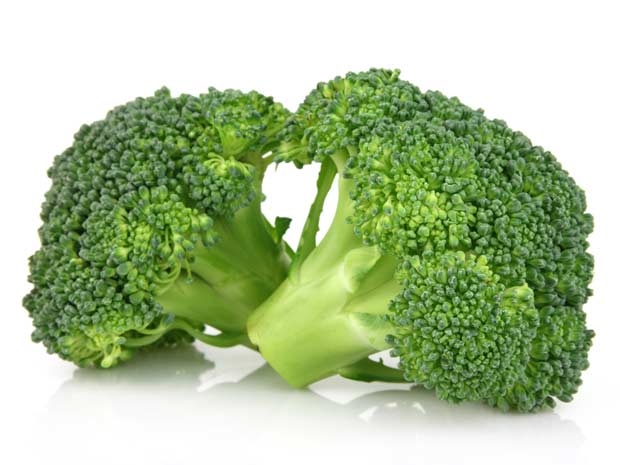
16. Broccoli
Broccoli belongs to the cabbage family and is one of the healthiest foods you should definitely include in your diet. This cool weather crop originated in Italy in about the 6th century BC. Italian immigrants brought it to the United States and the green vegetable became well known in the 1920’s.
Broccoli reduces the risk of stomach, lung and rectal cancers and also lowers bad cholesterol levels. It is rich in vitamin C and omega 3 fatty acids, which help reduce inflammation. The vitamin C will boost your immunity and improve your overall well-being. This veggie contains high levels of both calcium and vitamin K, which keep our bones healthy and prevent osteoporosis.
If you haven’t given broccoli a chance yet, you might give it a try as it will also keep your heart healthy. Additionally, if you want to lose some weight, broccoli is perfect for you because it is high in fiber, which aids in digestion and prevents constipation and overeating.

17. Lettuce
Lettuce belongs to the Asteraceae family and it was first cultivated by ancient Egyptians. Lettuce spread to the ancient Greeks and Romans and the latter gave it the name “lactuca”, from which the English “lettuce” is derived.
Although it is most often used in salads, lettuce can also be found in soups, sandwiches and other types of food. Apart from being the perfect weight loss vegetable, lettuce will do wonders for your health and well-being. Since it is rich in fiber, it will improve your digestion and also reduce cholesterol. Not only will lettuce help you maintain your body weight, but it will also keep your heart healthy.
If you suffer from insomnia, lettuce is the solution to your problems. Just a few leaves will help you relax and you’ll be asleep in no time. Because lettuce is almost always eaten raw, it provides us with many nutrients that we can’t find in cooked or processed foods. Last but not least, lettuce tastes great!
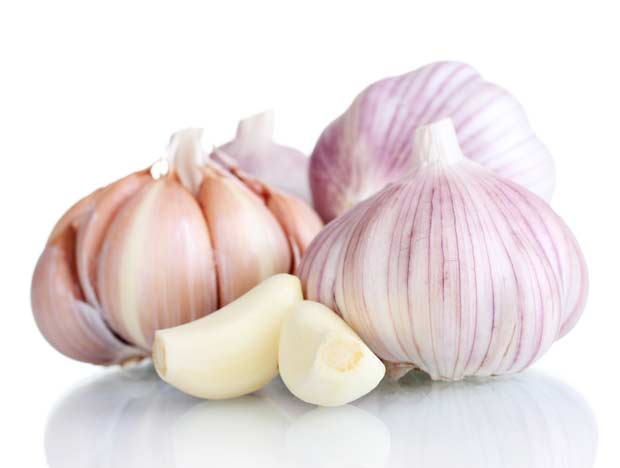
18. Garlic
A close relative of the onion, garlic is native to central Asia. During its long history, the Allium sativum has been used for both culinary and medicinal purposes. Many cultures have used garlic for protection from evil and it was considered a powerful tool against demons, werewolves, and vampires.
Apart from this folk belief, garlic is also one of the healthiest foods in the world. It can be eaten cooked or fresh, but it is not recommended that adults consume more than one clove two or three times a day. Children should have even less.Besides being a delicious addition to almost every cooked meal, garlic boosts your immune system and reduces the risk of cardiovascular disease.
It also helps prevent various types of cancer and is efficient in treating hyperthyroid conditions. Although garlic can improve your health, never take more than the recommended dosage. Also, if you consume more garlic than your friends and family, be aware that they might not enjoy your breath.

19. Artichoke
Despite its thorny exterior, the delicious artichoke will do wonders for your health. According to legend, the Greek God Zeus turned a beautiful young woman into the first artichoke ever. Several other myths explain the origin of the artichoke as it was used in medical and culinary purposes since ancient times.
Among many other purposes, it was used as an aphrodisiac, a diuretic, a breath freshener and even as a deodorant. They are famous for their antioxidant properties and are also an excellent source of fiber. Furthermore, this veggie is the source of many important minerals and vitamins.
If you want to lose some extra pounds or maintain your weight, the artichoke is an amazing vegetable choice as it is low in calories and fat. The artichoke reduces bad cholesterol levels and keeps your heart healthy. Last but not least, this amazing veggie even protects unborn babies.
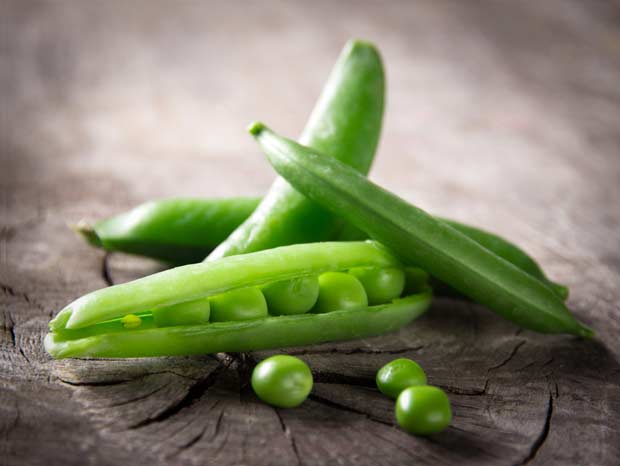
20. Green Beans
Green beans are the unripe fruit of various cultivars of the common bean and are called string beans and snap beans in the northeastern and western United States, or ejotes in Mexico. Green beans are classified according to their growth habits: bush beans which don’t need climb support and pole beans that do.
First of all, they are low in calories and people who want to lose weight should include them in their diet. They contain only 31 kcal per 100 g of raw beans which means you can eat all the green beans you want. Moreover, they contain good amounts of vitamin-B6 (pyridoxine), thiamin (vitamin B-1), and vitamin-C.
As you probably already know, vitamin C will improve your immune system and help you fight colds. Since green beans are high in fiber, they will help maintain cholesterol and sugar levels in your body. Last but not least, you will be protected from infections and heart-related diseases.

21. Watercress
Watercress is a rapidly growing vegetable that is a member of the Brassicaceae family.It is one of the oldest known leaf vegetables consumed by humans and is very beneficial to our health. The watercress was used as an aphrodisiac by ancient royalty and was famous for its therapeutic properties.
However, this veggie isn’t as popular as it used to be.Although the watercress has numerous health benefits, not many people have heard of it. For instance, her relatives are broccoli, cauliflower, Brussels sprouts and cabbage. They have long been famous for their cancer-preventing abilities.
Additionally, their little-know cousin also prevents various types of cancer and if you haven’t tried it yet, now is a good time.The watercress helps maintain healthy and strong bones, improves skin and eye health and hair quality. It also removes the toxins from your body and can help you when you are experiencing a nasty hangover. Interestingly enough, this ancient vegetable contains more calcium than milk and more iron than spinach.









